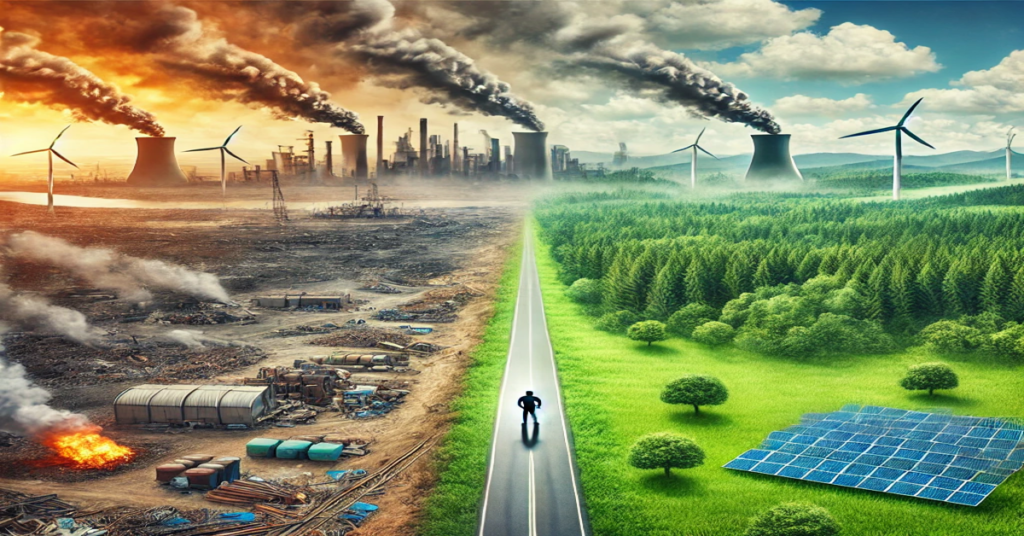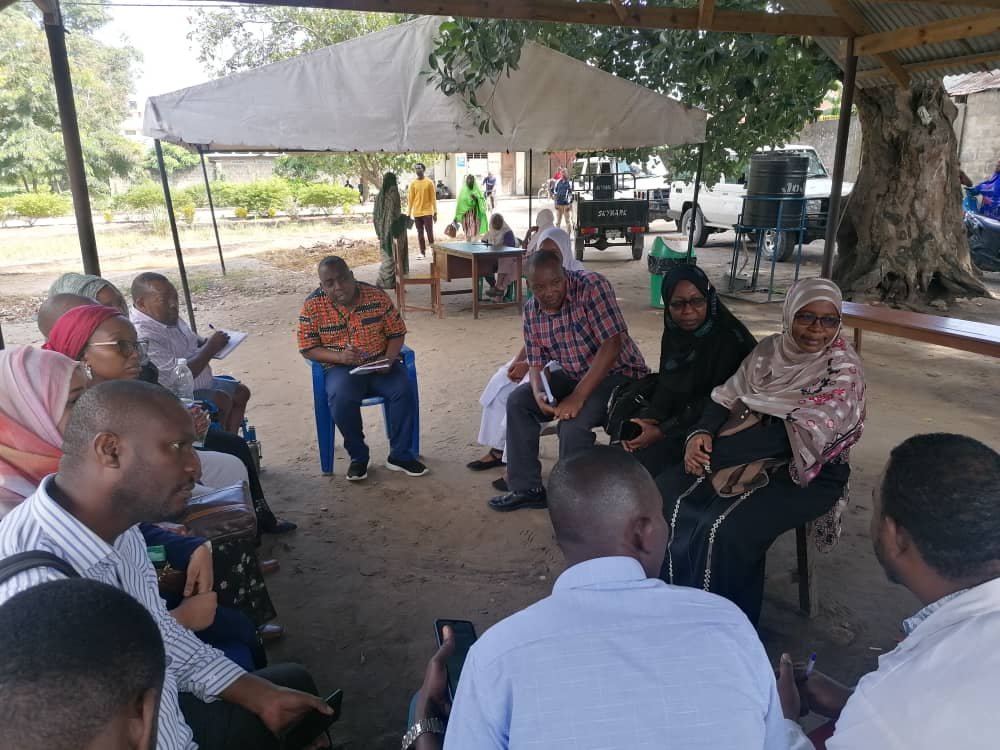Environmental & Climate Change: Our Responsibilities & Future Actions. Discover how we can tackle Environmental & Climate Change together. Learn about our responsibilities & the necessary future actions to protect our planet.
Climate Change: What the future might hold for humanity | Ketaki Gosavi | TEDxKalbadevi
Environmental & Climate Change: Our Responsibilities & Future Actions
Introduction to Environmental & Climate Change
Environmental & Climate Change has become a critical issue. The Earth faces unprecedented challenges. Human activities significantly contribute to this problem. We release greenhouse gases at alarming rates. This leads to global warming & climate extremes. As individuals & communities, we must act. Our responsibilities now define the future of our planet. Immediate actions are necessary to mitigate these effects. Acting now is crucial for generations to come.
Impact of Climate Change on Our Environment
Environmental & Climate Change: Our Responsibilities & Future Actions directly alter habitats & wildlife. Rising temperatures cause severe weather events. Storms become more intense & frequent. Droughts impact food supplies. Forests are at risk from wildfires. All ecosystems struggle to adapt to these changes. Biodiversity is in decline as species face extinction. The delicate balance of nature is disrupted. Coastal areas face rising sea levels. Communities near shorelines are at risk. These changes threaten water sources & agriculture worldwide.
Consequences on Biodiversity
Changes in climate can lead to habitat loss. This threatens many plant & animal species. The animals end up displaced or face extinction. Here are some examples:
- Polar bears facing melting ice caps
- Coral reefs dying due to warmer waters
- Bird migration patterns disrupted
Such examples highlight the urgency. Protecting biodiversity has never been more crucial. Every species plays a role in ecosystem health. Loss of one species can cause a ripple effect.
Effects on Human Health
Environmental & Climate Change: Our Responsibilities & Future Actions also impact human health. Heatwaves can lead to heat-related illnesses. Air quality declines, causing respiratory issues. Water shortages can lead to diseases. Vulnerable populations face health risks first. Children & the elderly are most affected. Access to healthcare may become limited. Communities need to prepare for these changes. This includes building more resilient healthcare systems.
Responsibility of Governments
Governments play a vital role. They must implement policies to counter this crisis. International agreements are crucial, like the Paris Agreement. Countries should commit to reducing emissions. Transitioning to renewable energy can help. Investing in solar & wind energy sources is essential. Sustainable development practices should be promoted. Conservation efforts can protect fragile ecosystems. Protecting forests & oceans is also key.
Policy Changes Needed
Governments need to adopt strict environmental policies. Here are important policies to consider:
- Implementing carbon taxes
- Subsidizing renewable energy
- Regulating industrial emissions
More transparent data-driven policies are needed. Communities want to see the impact of these actions. Participation in climate action discussions is essential.
Education & Awareness
Education empowers citizens. It raises awareness of environmental issues. Schools should include climate education in their curriculum. Programs should encourage sustainable practices. Teaching children about recycling, conservation, & energy efficiency is vital. Increased public outreach can help inform communities. Local workshops can teach sustainable living. Engaging the youth can foster champions for our planet.
Individual Actions to Combat Climate Change
Everyone has a part to play. Individuals can take simple steps to reduce their carbon footprint. Adjustments at home can make a big difference. Using energy-efficient appliances is a start. Reducing water consumption also helps. Here are effective actions individuals can adopt:
- Using public transport instead of cars
- Reducing meat consumption
- Supporting local & sustainable businesses
These efforts might seem small, but they add up quickly. Collective action leads to substantial change. Each individual must feel empowered to act.
Community Engagement
Community initiatives can amplify individual efforts. Local groups can unite for environmental causes. They can organize clean-up drives & tree planting events. Schools can partner with businesses for sustainable projects. Education & action go hand in hand in communities. Sharing resources & tools fosters collaboration. Engaging residents encourages larger impacts.
Ad
Visit Now
Reducing Waste in Daily Life
A significant amount of waste contributes to pollution. Reducing, reusing, & recycling is essential. Start by minimizing plastic waste. Carry reusable bags, bottles, & containers. Composting can reduce food waste significantly. Communities can establish recycling programs. Ensuring these programs are accessible is essential.
Innovations in Technology & Environmental Solutions
Technology offers innovative solutions for climate challenges. Renewable energy technologies are advancing rapidly. Solar panels & wind turbines are becoming more cost-effective. Electric vehicles are gaining popularity. Innovations in battery storage improve energy management. Smart home technologies can save energy & reduce waste.
Green Technologies Shaping Our Future
Many technologies now support environmental recovery. Here’s how:
| Technology | Impact |
|---|---|
| Solar Energy | Reduces reliance on fossil fuels |
| Wind Power | Offers clean, renewable energy sources |
| Electric Vehicles | Reduces greenhouse gas emissions |
Investing in these technologies is critical. They must become more widespread to make a lasting impact.
Collaborations Between Sectors
Multinational collaborations can advance solutions. Businesses, governments, & NGOs need to work together. Sharing resources, knowledge, & funding empowers these efforts. Global movements, such as Earth Day, promote awareness of climate issues. They drive collaboration & unity to fight against climate change. Each sector brings unique strengths to the table. Solutions developed together are usually more effective.
The Role of Education & Future Generations
Education shapes future leaders & innovators. Addressing Environmental & Climate Change: Our Responsibilities & Future Actions in schools is essential. Future generations will face the consequences. They must be prepared & informed. Schools should teach sustainability & environmental stewardship. Student involvement in projects builds a sense of responsibility.
Grassroots Movements & Youth Activism
Many youth-led initiatives have emerged. Young people are actively participating in climate marches. They demand action from lawmakers. Engaging in local politics can lead to real change. Grassroots movements challenge the status quo. This demonstrates the power of youthful voices.
Empowerment through Education
Education empowers individuals to make informed decisions. Learning about environmental issues is crucial. Empowering more citizens leads to greater action. Classes should encourage problem-solving & critical thinking. This will inspire innovative solutions. Workshops & seminars can involve community leaders. Knowledge sharing creates a network of informed advocates.
Global Partnerships for Environmental Sustainability
Environmental & Climate Change: Our Responsibilities & Future Actions require global cooperation. Nations must collaborate to tackle climate change. Partnerships between countries can enhance effectiveness. Sharing resources & technology makes a difference. Understanding local climate issues can improve global strategies.
International Agreements & Cooperation
Global agreements set the tone for climate action. Agreements like the Paris Agreement outline collective goals. Countries must commit to reducing carbon footprints. These agreements foster accountability. They encourage nations to share strategies & resources.
Building Resilience in Developing Nations
Not all nations have the resources to adapt. Developing countries need support to combat climate challenges. Investment in sustainable practices is crucial for their growth. Global partnerships can provide valuable resources. This includes technology sharing & funding. These efforts can help build resilience & protect vulnerable communities.
“We do not inherit the Earth from our ancestors; we borrow it from our children.” – David Brower
Conclusion
It’s clear we face a significant challenge with Environmental & Climate Change: Our Responsibilities & Future Actions. Humanity must unite to combat this crisis. From individuals to governments, everyone holds responsibility. Together, we can create a sustainable future.
What is the role of individuals in combating climate change?
Individuals play a crucial role in combating climate change by reducing their carbon footprint. This can be achieved through various actions such as using public transport, reducing energy consumption, supporting renewable energy sources, reducing waste, & advocating for sustainable practices in their communities.
How can businesses contribute to environmental sustainability?
Businesses can contribute to environmental sustainability by adopting eco-friendly practices, such as reducing waste, minimizing energy use, sourcing materials responsibly, & implementing sustainable supply chain management. And another thing, creating green products & encouraging a culture of sustainability within the organization can lead to significant positive changes.
Ad
Visit Now
What are the most effective actions to take against climate change?
Some of the most effective actions to take against climate change include transitioning to renewable energy, enhancing energy efficiency, protecting & restoring forests, promoting sustainable agriculture, & reducing greenhouse gas emissions through policy changes. Collectively, these actions can significantly mitigate the impacts of climate change.
Why is awareness about climate change important?
Awareness about climate change is important because it drives public engagement & policy action. Educating individuals about the consequences of climate change fosters a sense of urgency & responsibility. Increased awareness can lead to greater support for sustainable policies & practices, encouraging broader community & global action.
What future actions can governments take to address environmental issues?
Governments can take several future actions to address environmental issues, including implementing stricter regulations on emissions, investing in renewable energy infrastructure, supporting research & development of sustainable technologies, & promoting policies that encourage conservation & ecological protection. Collaborative efforts at international levels are also essential for effective climate action.
More Scientific Knowledge = Scientific Knowledge
In wrapping up our discussion on Environmental & Climate Change: Our Responsibilities & Future Actions, it’s clear that we all play a part. Each small action, like recycling or using less plastic, can make a big difference. We need to be aware of our daily choices & how they impact the planet. By coming together & supporting sustainable practices, we can protect our environment for future generations. Let’s all commit to making better decisions today, so we can ensure a healthier, safer world tomorrow. Every action counts, & together, we can create positive change.
Ad
Visit Now




Pingback: The Importance of Biology and Natural Life for a Sustainable Future - Social Trow